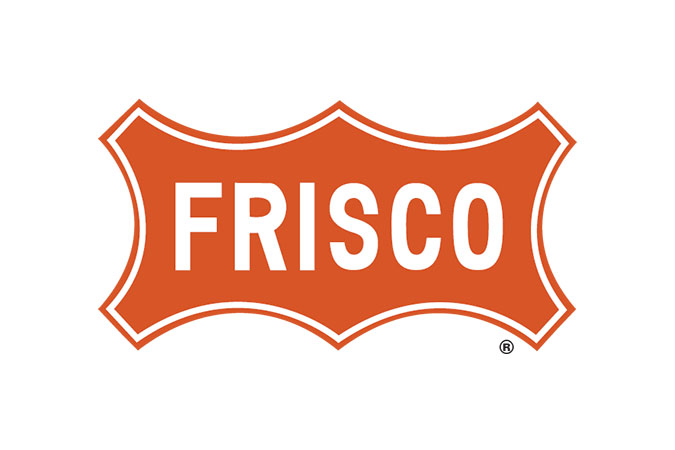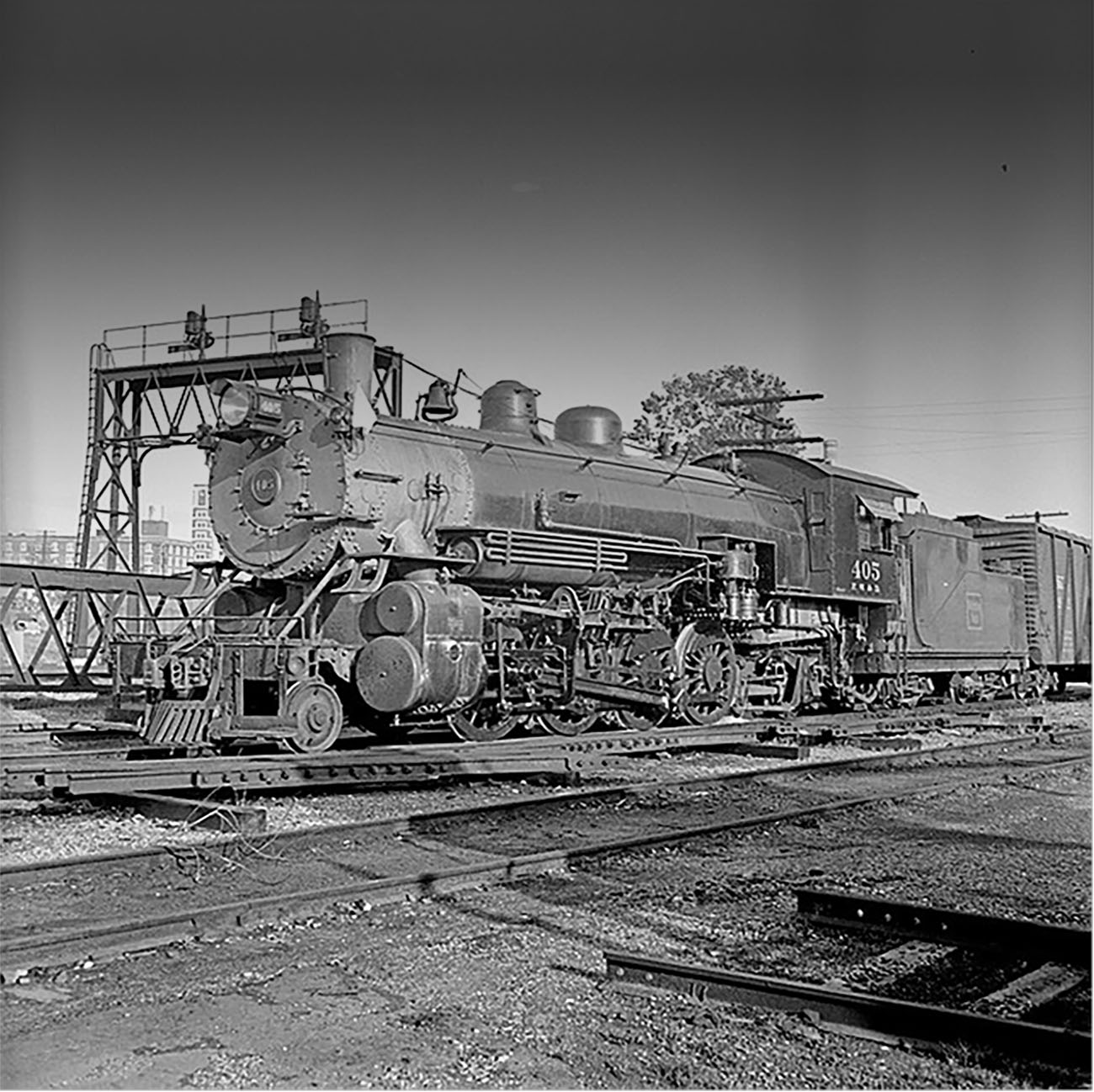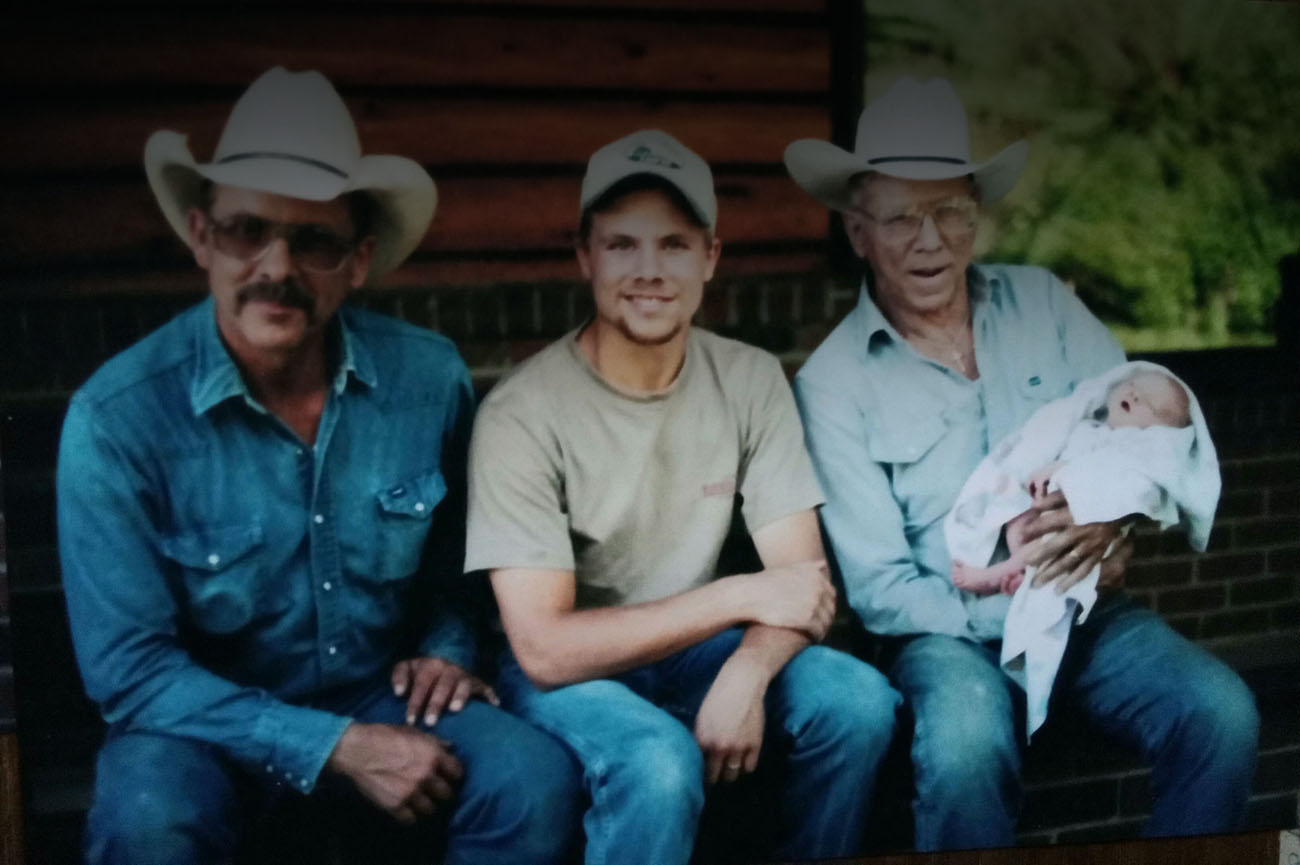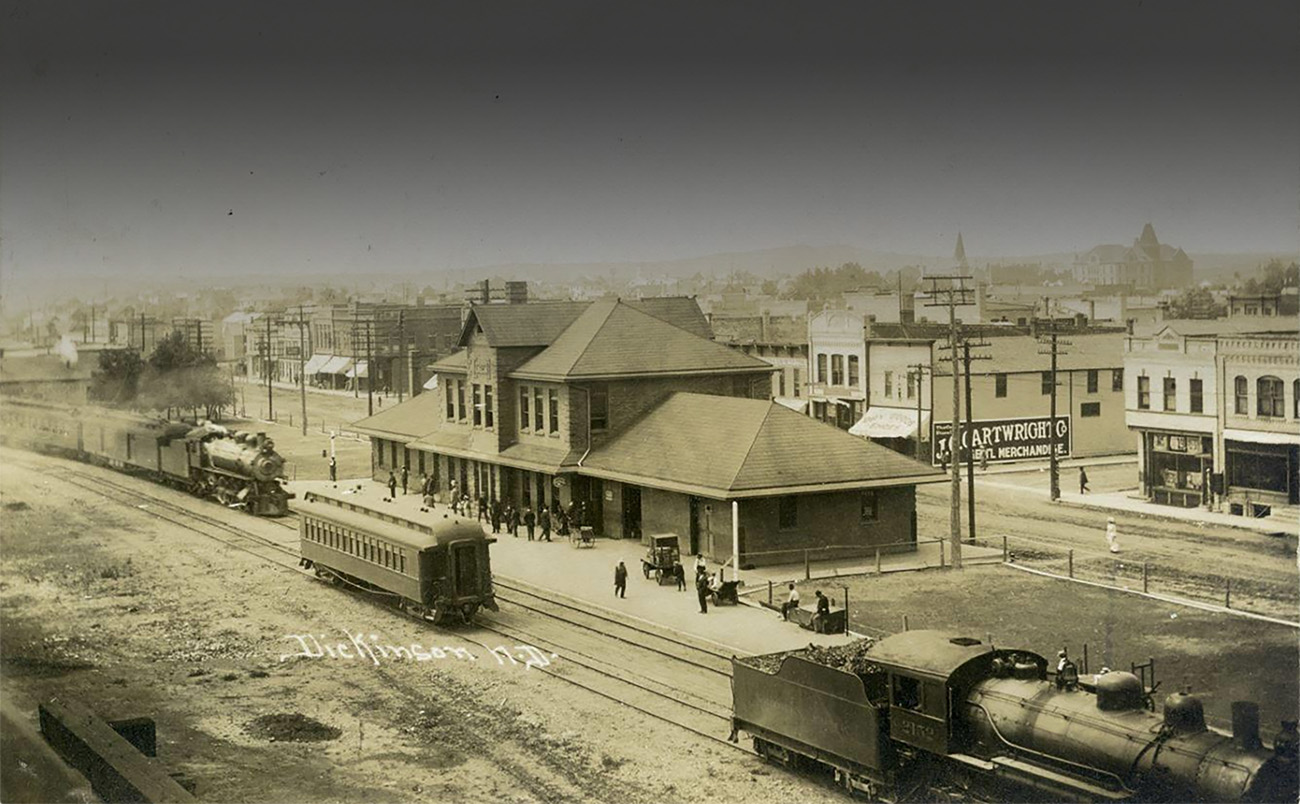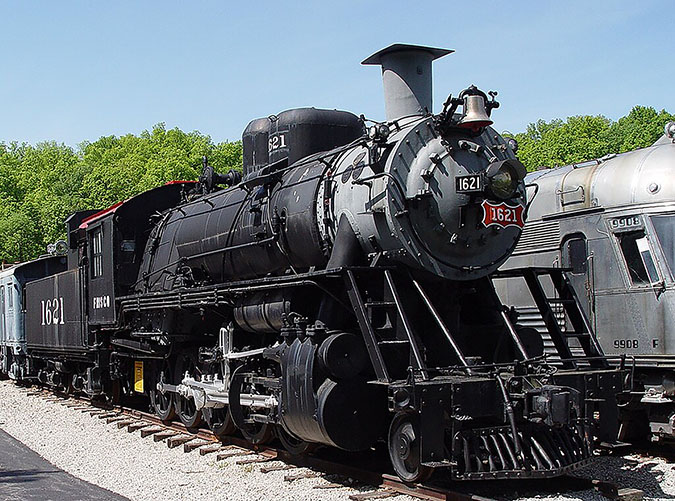
The Frisco's unforgettable journey: A tale of resilience
By EUNICE ARCHILA
Staff Writer
The story of BNSF predecessor St. Louis-San Francisco Railway (SLSF), famously known as the Frisco, is one of unwavering determination and adaptation in the face of adversity.
Before it was called the Frisco, it was formed from the Missouri Division and Central Division of the Atlantic and Pacific Railroad (A&P) in 1849, with work on the Pacific section of the route beginning in 1851.
The Frisco’s journey was marked by financial struggles, political battles and even the ravages of war.
From its inception, the Frisco faced challenges. Its construction was delayed in Missouri by the Civil War, and marauding bands of bushwhackers and Jayhawkers wreaked havoc on its infrastructure. Despite these setbacks, the railroad persevered, extending its tracks westward and connecting vital cities and towns.
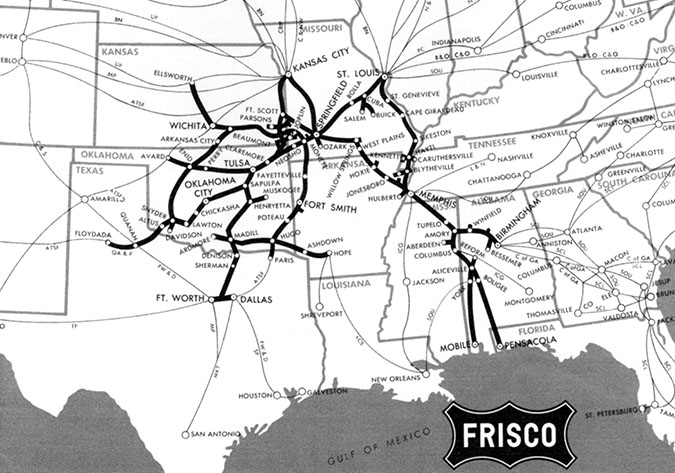
In the late 1870s, the Frisco faced a new threat: bankruptcy.
The Santa Fe Railway (ATSF or Santa Fe), eyeing the lucrative route to California, acquired control of the Frisco. Using the newly acquired land grant, Santa Fe built its own line from Albuquerque, New Mexico, to California.
Separately, the Frisco's resilience shone through. It emerged from bankruptcy and continued its mission to connect the Midwest and South.
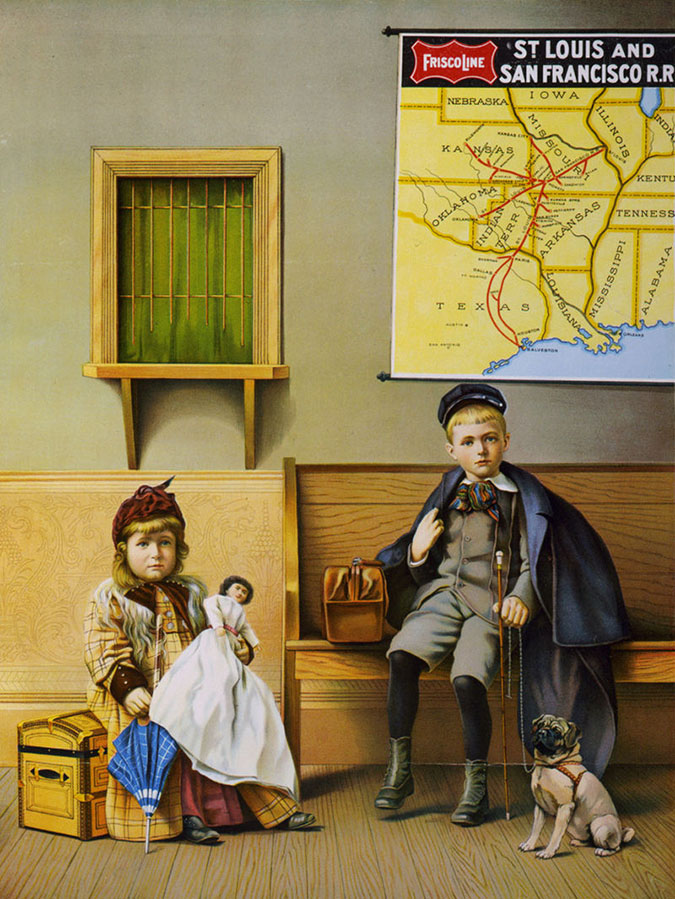
In the early 1880s, the Frisco embarked on a southward expansion, extending its tracks from Monett, Missouri, through the Boston Mountains of Arkansas to Fort Smith, Arkansas. From there, it continued its journey through the Choctaw Nation to Paris, Texas, where it connected with the Santa Fe's line to Dallas and Fort Worth.
This expansion was a significant step toward the Frisco's goal of connecting the central section of the country from Chicago and the Twin Cities to the Gulf of Mexico. While the dream of a transcontinental railroad was dashed, the Frisco's westward expansion laid the foundation for its future growth.

A key figure in the Frisco's development was Gen. B.F. Yoakum, who served as general manager, president, and chairman of the board for over 20 years. Under his leadership, the Frisco doubled in size and expanded its reach into the South.
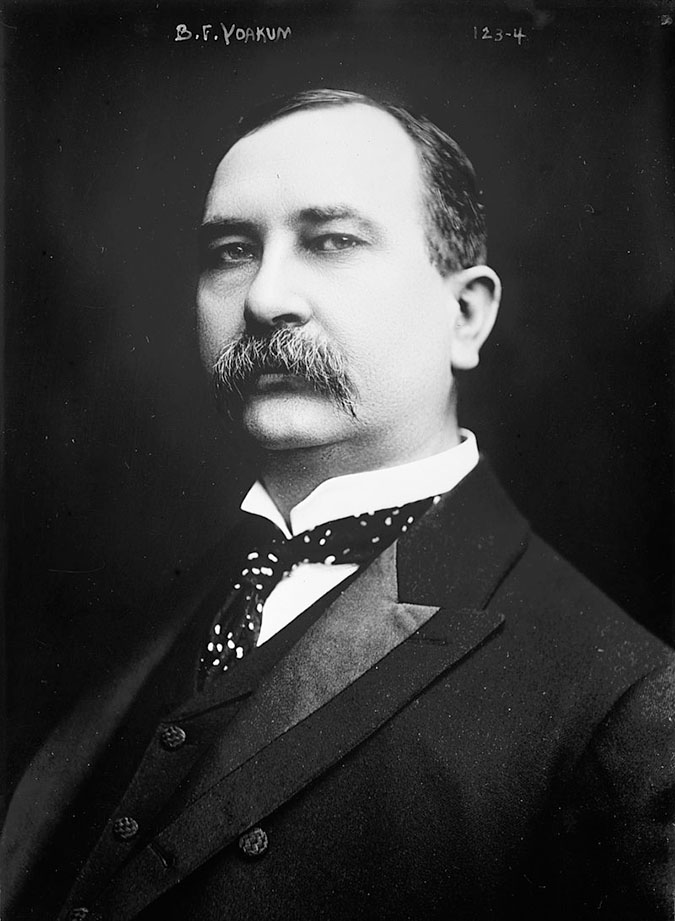
Yoakum envisioned a Frisco system that would span the central section of the country, connecting with the Mexican railroad system at the Texas border. He pursued this vision through a series of acquisitions and construction projects, including the extension of the Frisco's Oklahoma line from Sapulpa to Lawton and the acquisition of the Kansas City, Fort Scott & Memphis Railway.
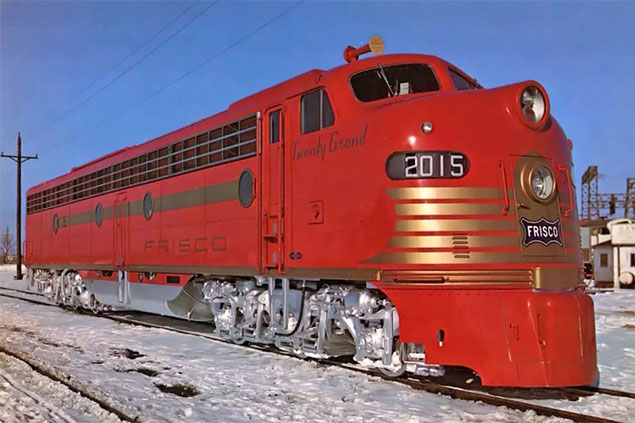
Despite Yoakum's ambitious plans, the Frisco faced numerous obstacles. The Depression of 1913 dealt a significant blow to the railroad, and it was forced to abandon some of its expansion projects. However, the Frisco adapted to the changing economic landscape and continued to operate.
The Frisco's legacy is one of resilience, innovation, and a commitment to connecting the nation. From its early days as a struggling railroad to its eventual merger with Burlington Northern (BN), the Frisco played a vital role in the development of the American transportation system. Its story serves as a reminder of the power of perseverance and the enduring spirit of the American frontier.
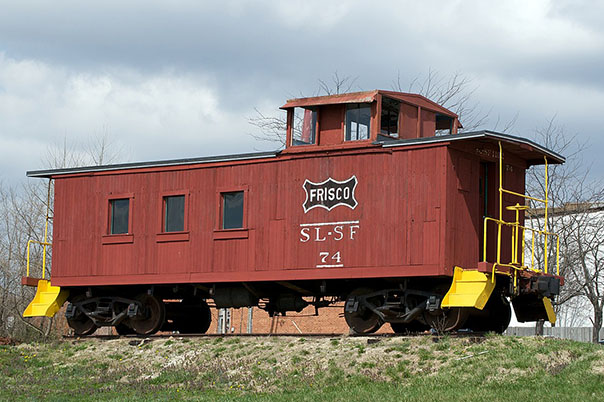
DID YOU KNOW?
In the late 1800s, Gen. George H. Nettleton, Frisco’s general manager, discovered a raccoon skin drying at a Missouri depot. An agent was selling hides to supplement his income. Impressed, Nettleton bought it for $2 and gave it to a draftsman to create the company’s logo. The city of Frisco, Texas, was later named after the railroad and the city uses the railroad’s logo, now owned by BNSF, as its own.
